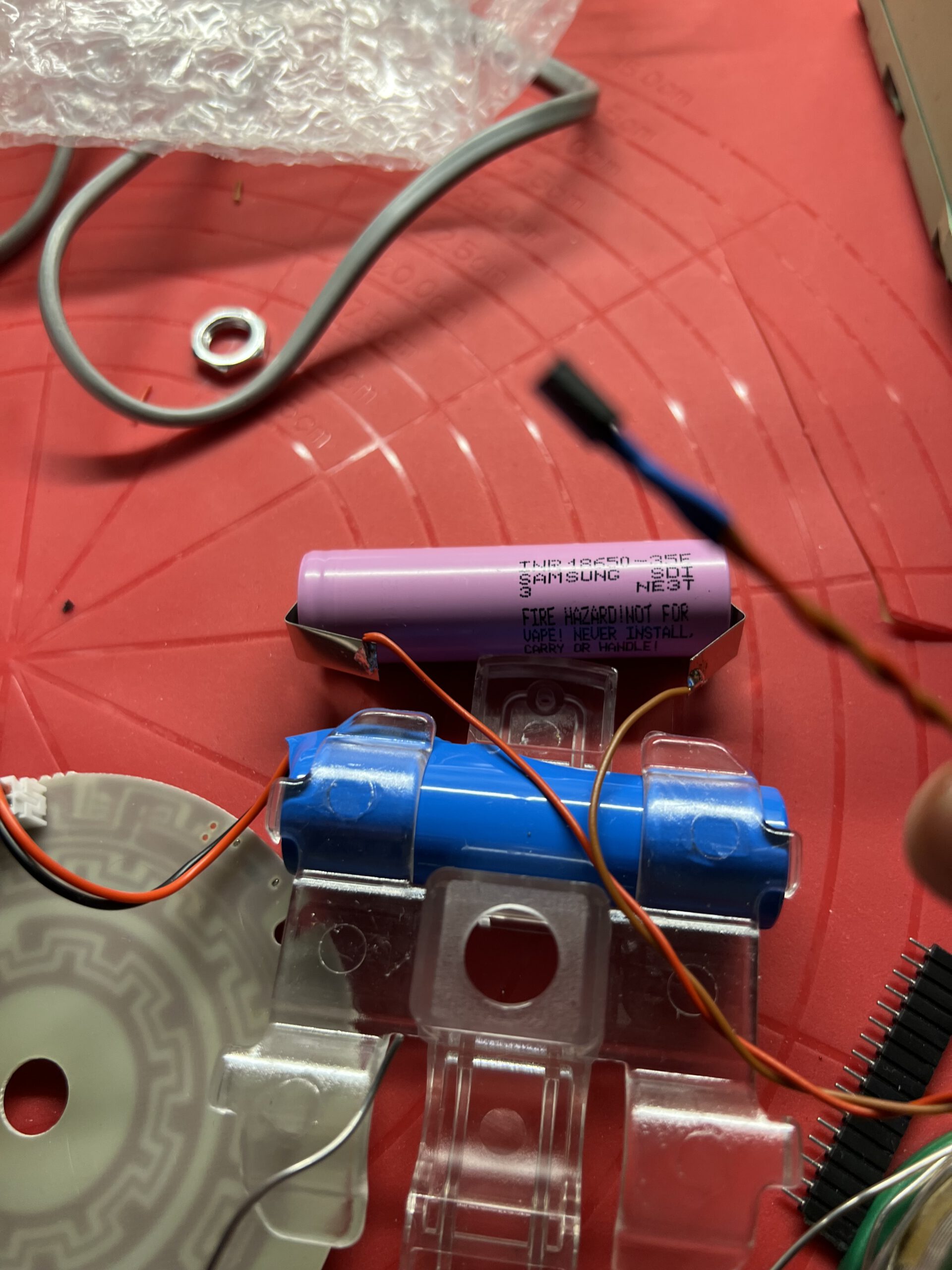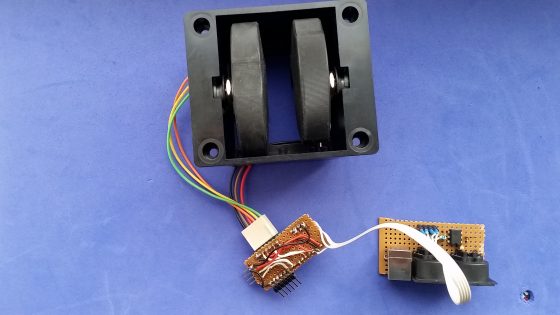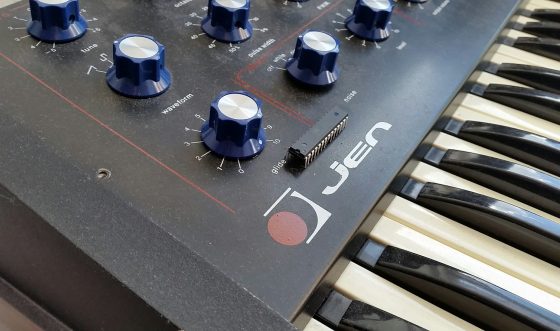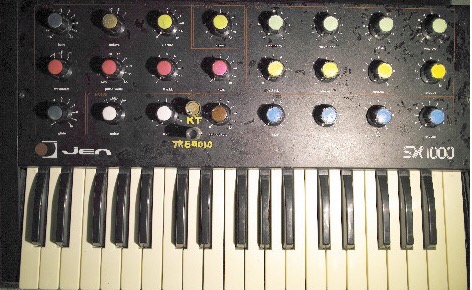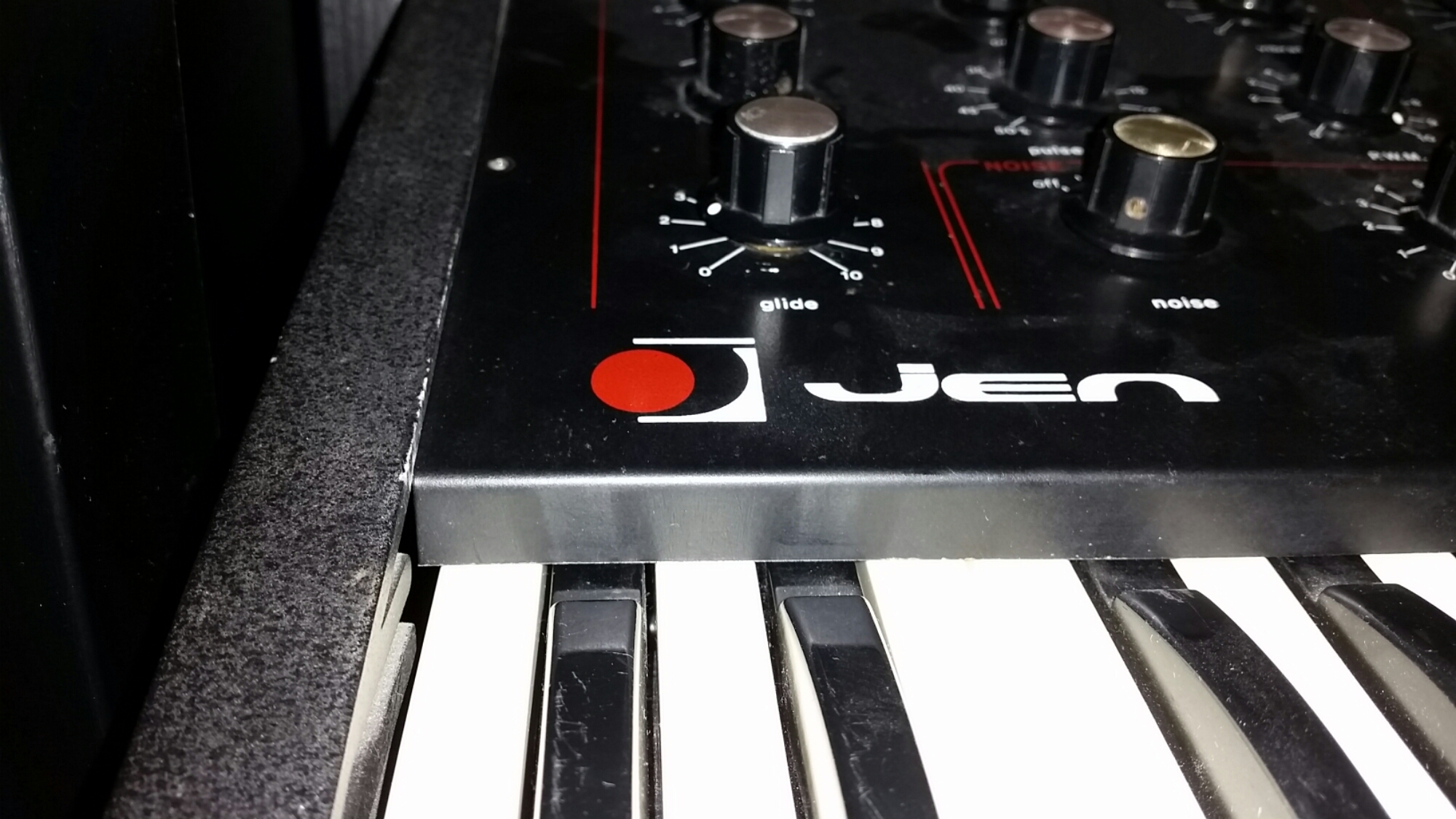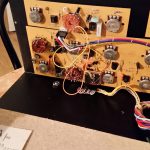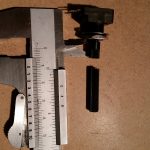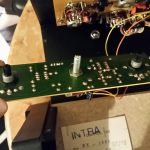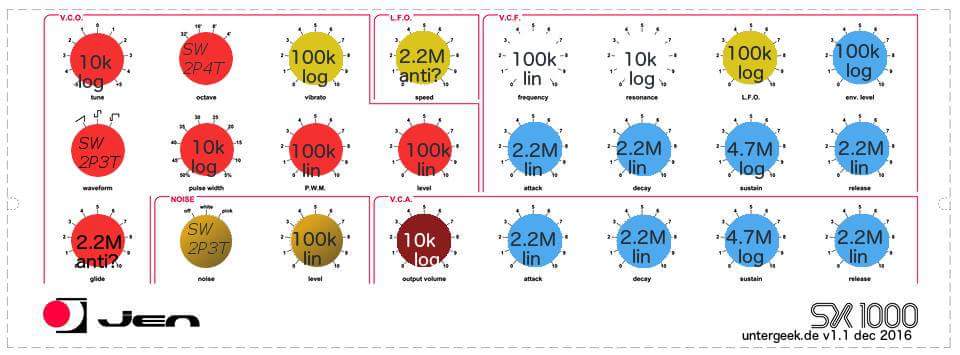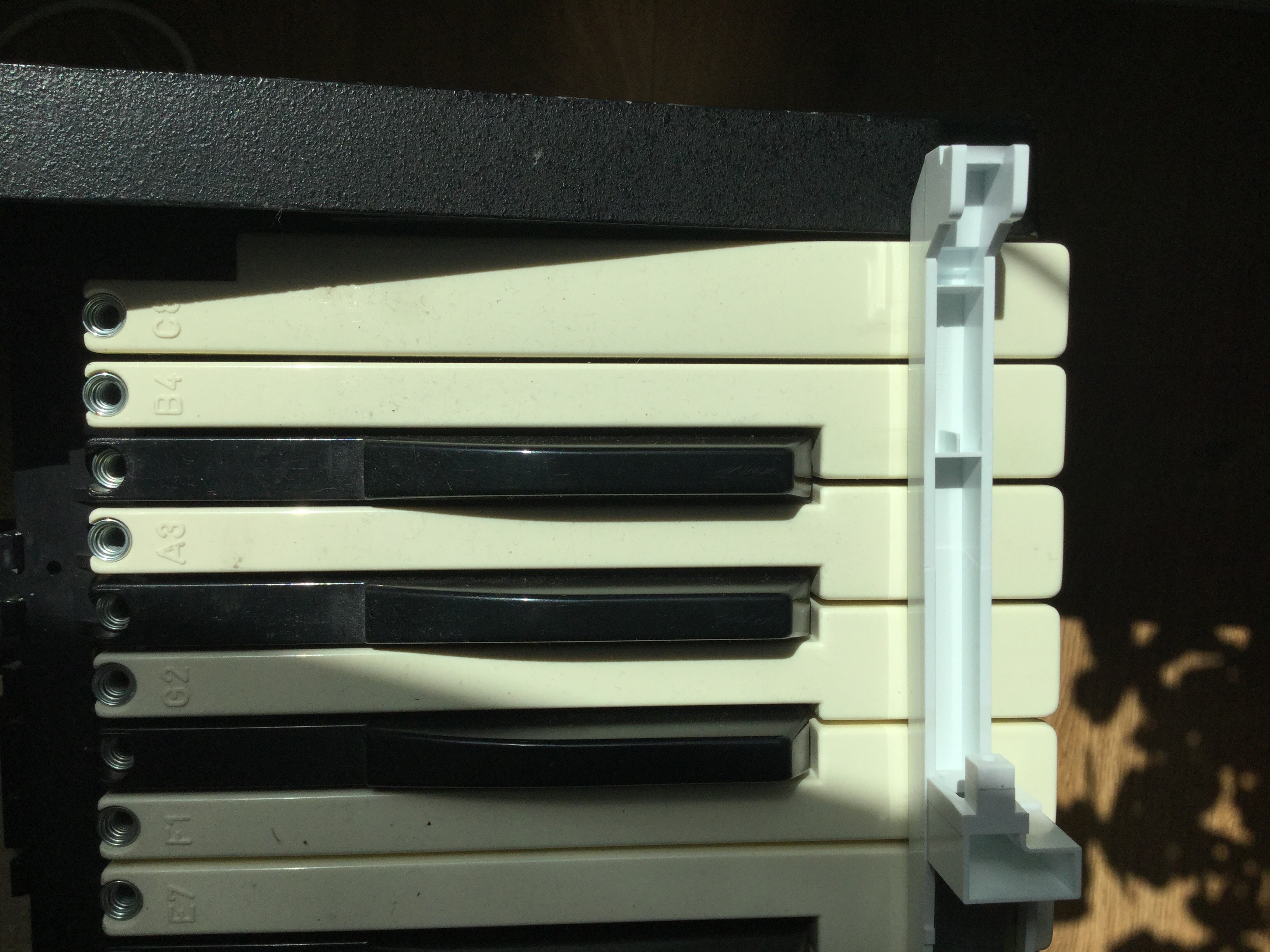Diese kleinen LED-Tischleuchten sind wirklich nett. Schade, dass sie nicht länger durchhalten. Aber dafür kann man selber sorgen – einfach einen zweiten Akku einbauen.
Diese Lampen bekommt man aus zahllosen chinesischen Quellen, einige nur mit warmweißen LED; einige mit einer zweiten LED-Farbe für andere Lichttemperaturen. Sie haben alle einen Berührungsschalter auf der Oberseite, sind alle 40cm hoch, werden alle über USB-C geladen.
Und zumindest alle, die ich aufgemacht habe, haben Platz für einen zweiten Akku!
Viel einfacher wird’s nicht: Akku bestellen, Stecker anlöten, reinsetzen…
Einige haben sogar einen Anschluss für eine zweite Batterie an der Ladeelektronik. Wie die, die ich im Video umgebaut habe. Andere haben das nicht, je nach Grad der Beherztheit lötet man also den zweiten Akku parallel zum ersten oder tauscht den ersten gegen den größeren neuen aus.
Die Lampen verwenden Standard-18650-LiIon-Zellen, mit 3,7V Zellspannung und in der Regel 2400mAh Kapazität. Es gibt aber bezahlbare größere: Ich habe diese Samsung INR18650 mit Lötfahnen genommen (kein Affilliate-Link, gern irgendwo bestellen). Und weil ich demnächst noch meinen neuen Digitakt aufrüsten will, hab ich gleich ein paar mehr besorgt; kosten 7-8 Euro pro Stück.
Also: Batterie auspacken, vorsichtig Kabel und Stecker anlöten – da sind die Lötfahnen echt gut, wenn man die Batterie nicht überhitzen will – erste Batterie abstöpseln, neue anstöpseln, Lampe testen, alten Akku dazustöpseln, wieder zusammenbauen – viel einfacher wird’s nicht.
…und ich hatte ja nicht kapiert, dass man sie auch dimmen kann!
Bisschen peinlich, aber da musste mich erst meine kluge Tochter drauf bringen: Wenn man den Finger auf dem Sensorschalter lässt, wird die Lampe auf- bzw. abgedimmt.
